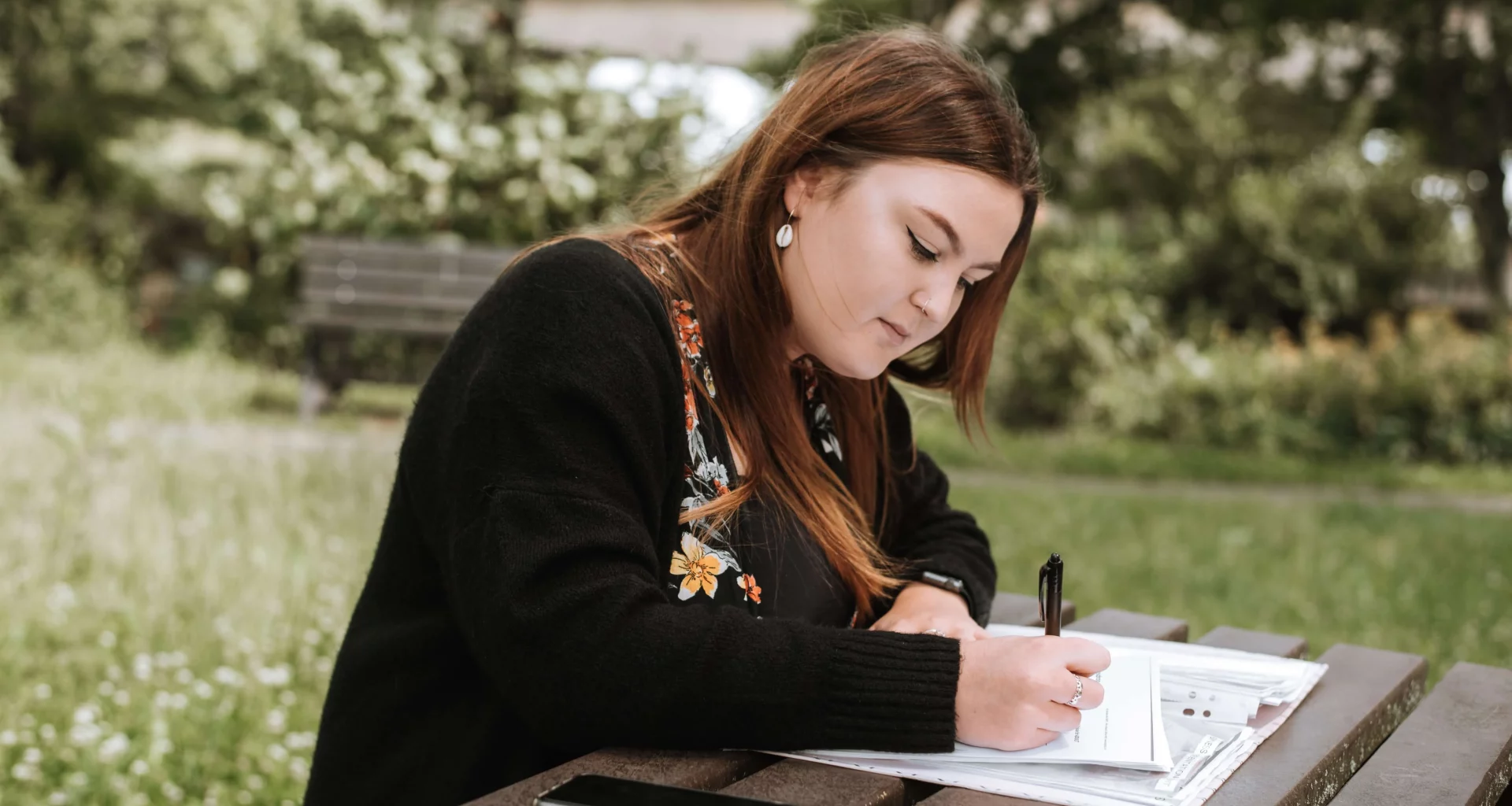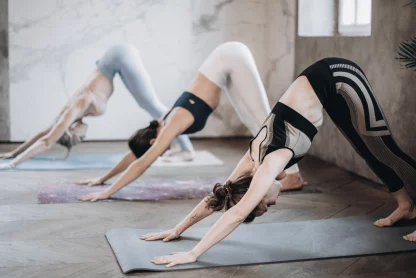In today’s fast-paced world, finding moments of calm amidst the chaos can be challenging. However, incorporating quick exercises into our daily routine can have a profound impact on our ability to stay calm and centered. Here, we will explore a variety of effective and accessible exercises that promote relaxation, reduce stress, and enhance overall well-being. Backed by scientific research, these quick exercises offer practical tools to help you cultivate a calm and peaceful state of mind.

Deep Breathing Techniques
Deep breathing exercises have long been recognized for their calming effects on the mind and body. Research indicates that deep breathing exercises can reduce anxiety and promote a sense of relaxation. Techniques such as diaphragmatic breathing, box breathing, and alternate nostril breathing can be easily incorporated into your daily routine, allowing you to tap into the power of your breath and find tranquility.
How to practice?
Deep breathing exercises involve taking slow, deep breaths to promote relaxation and reduce anxiety. One technique is diaphragmatic breathing, where you focus on breathing deeply into your diaphragm rather than shallowly into your chest. Another technique is box breathing, which involves inhaling for a count of four, holding the breath for a count of four, exhaling for a count of four, and holding again for a count of four. Alternate nostril breathing involves inhaling through one nostril while blocking the other with your finger, then switching sides. These techniques help activate the body’s relaxation response and bring a sense of calm.
Progressive Muscle Relaxation (PMR)
Progressive Muscle Relaxation is a technique that involves systematically tensing and relaxing different muscle groups to release tension and induce relaxation. A study published demonstrated the effectiveness of PMR in reducing stress and anxiety. By practicing PMR regularly, you can learn to identify and release muscle tension, promoting a sense of physical and mental calmness.
How to practice?
Progressive Muscle Relaxation is a technique that involves tensing and then releasing different muscle groups throughout the body to induce a state of relaxation. Starting from the toes and moving upward, you systematically tense each muscle group for a few seconds and then release the tension, focusing on the contrast between tension and relaxation. By practicing PMR regularly, you can become more aware of the physical sensations of tension and learn to release it, promoting a sense of physical and mental calmness.
Mindfulness Meditation
Mindfulness meditation is a practice that involves focusing your attention on the present moment with non-judgmental awareness. Research has shown that mindfulness meditation reduces symptoms of anxiety, depression, and stress while improving overall well-being. Integrating short mindfulness meditation sessions into your day can help you cultivate a greater sense of calm, presence, and emotional balance.
How to practice?
Mindfulness meditation involves focusing your attention on the present moment with non-judgmental awareness. You can start by sitting comfortably, focusing on your breath, and observing any thoughts, sensations, or emotions that arise without judgment. The practice of mindfulness cultivates a greater sense of awareness, acceptance, and detachment from thoughts and helps reduce stress, anxiety, and depression. By dedicating a few minutes each day to mindfulness meditation, you can train your mind to be more present and find inner calm.
Guided Imagery
Guided imagery is a relaxation technique that involves visualizing peaceful and calming scenes or experiences. A study published demonstrated the efficacy of guided imagery in reducing stress and promoting relaxation. By engaging your senses and immersing yourself in positive mental imagery; you can create a tranquil mental space and alleviate stress and anxiety.
How to practice?
Guided imagery is a relaxation technique that involves visualizing peaceful and calming scenes or experiences. You can listen to pre-recorded audio or use your imagination to create a mental image of a serene place, such as a beach, forest, or garden. Engaging your senses, you immerse yourself in the details of the imagined environment, allowing your mind to relax and let go of stress and anxiety. Guided imagery can be a powerful tool to evoke positive emotions, reduce tension, and create a mental space of tranquility.
Exercise and Physical Activity
Physical activity is not only beneficial for physical health but also has a positive impact on mental well-being. Research published suggests that exercise reduces symptoms of depression and anxiety and improves overall mood. Engaging in quick exercises like brisk walking, yoga, or dancing can release endorphins, reduce stress hormones, and promote a sense of calm and well-being.
How to practice?
Engaging in physical activity is an effective way to reduce stress, improve mood, and promote overall well-being. Quick exercises like brisk walking, jogging, dancing, or even stretching can release endorphins, which are natural mood-boosting chemicals in the brain. Regular physical activity can also reduce the levels of stress hormones, such as cortisol, in the body. By incorporating quick exercises to help you stay calm, you can experience immediate benefits in terms of improved mental clarity, reduced tension, and enhanced overall well-being.
Journaling and Expressive Writing
Journaling and expressive writing provide an outlet for processing emotions, reducing stress, and gaining insight into personal experiences. A study published revealed the therapeutic benefits of journaling, showing improved psychological well-being and reduced stress levels. By dedicating a few minutes each day to express your thoughts and emotions on paper, you can enhance self-awareness, promote emotional regulation, and foster a calm state of mind.
How to practice?
Journaling and expressive writing provide an outlet for processing emotions, gaining insight into personal experiences, and reducing stress. By dedicating a few minutes each day to writing down your thoughts, feelings, and experiences, you can enhance self-awareness and emotional regulation. The act of journaling allows you to reflect on challenges, express gratitude, or explore personal growth. It can serve as a therapeutic tool to release emotional tension, clarify thoughts, and foster a calm state of mind.
Incorporating these quick exercises to help you stay calm and centered state of mind. The deep breathing techniques, progressive muscle relaxation, mindfulness meditation, guided imagery, physical activity, and journaling discussed in this article offer practical tools to reduce stress, enhance well-being, and promote mental clarity. By consistently practicing these exercises, you can unlock a greater sense of peace, tranquility, and resilience in navigating life’s challenges.









